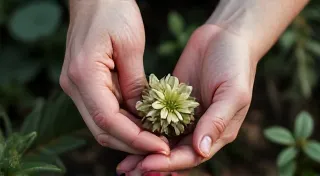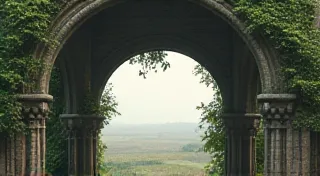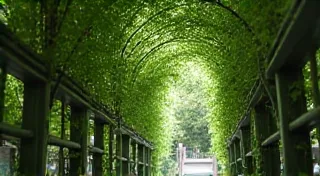The Whisper of Trade: How Commerce Shapes Dialectal Vocabulary
There's a peculiar intimacy in holding an antique accordion. The cool, smooth wood, the satisfying click of the buttons, the faint scent of time and travel—it's a tangible link to a world where goods weren’t simply ordered online and shipped. These instruments, often carried by itinerant musicians, weren't just sources of entertainment; they were, in a very real sense, traveling dictionaries, carriers of linguistic echoes from distant lands. Our dialects aren’t merely about pronunciation; they’re living archives of human interaction, and trade, with its flow of people and products, is a particularly potent force in shaping them. It’s a story etched not just in maps, but in the very words we use. Understanding how language evolves, especially in the face of global connectivity, is crucial. The forces at play now are new, but the underlying principles remain the same – language is a dynamic response to cultural interaction.
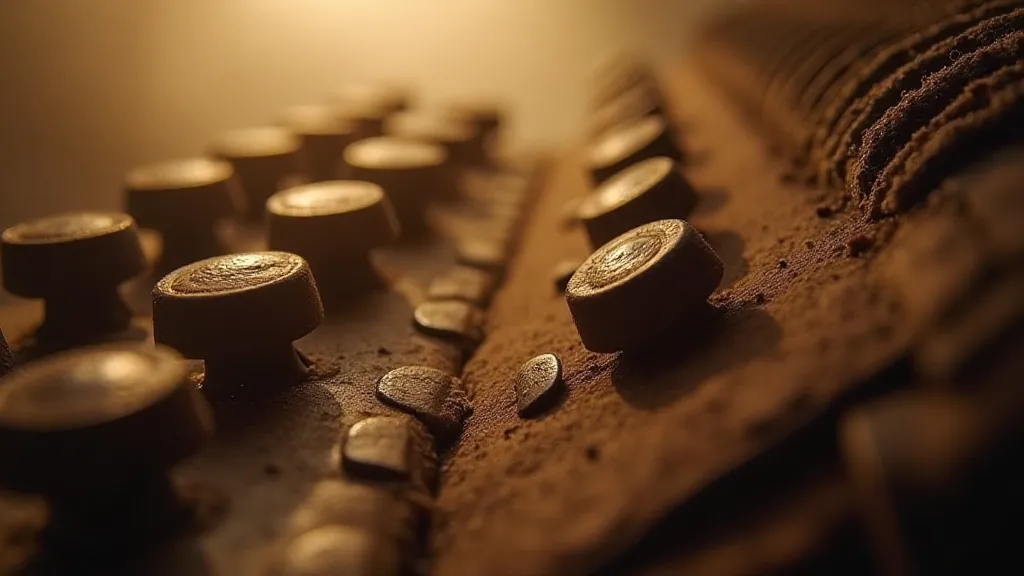
The Spice Route and the Gift of “Caravan”
Consider the Spice Route, that sprawling network of trade connecting the East and West for centuries. It wasn’t just about cinnamon and cloves; it was about the constant movement of people – merchants, sailors, translators, and those simply seeking a better life. With them came words. The word “caravan,” for example, originating from the Italian “carovana,” ultimately derives from the Old French “carovane,” which itself is believed to stem from a Byzantine Greek word relating to a load or caravan. It's a testament to the fact that even words seemingly commonplace now have roots deeply embedded in a history of exchange and movement. Think about the impact on coastal communities, particularly in places like Cornwall or the Baltic regions, where foreign traders regularly docked, exchanging not just goods but snippets of languages. The flow of these words often sparked intriguing linguistic shifts and the development of unique regional vocabularies, some of which are now slowly fading – prompting a growing need to examine resonances and ruptures in regional speech as these traditions are passed down.
Beyond Goods: The Spread of Professions and Tools
The impact of trade extends far beyond exotic spices. The arrival of new professions and tools often brought with them new terms. The word "shilling," for instance, finds its origins in the Anglo-Saxon "scilling," a small silver coin. But its journey is intertwined with the broader European trade network. As merchants from different countries conducted business, the term traveled, adapted, and ultimately became a fundamental part of the English monetary system. Similarly, think of words relating to shipbuilding – “keel,” “rudder,” and “mast” – many of which have roots in Scandinavian and Dutch languages, reflecting the significant contributions of those maritime cultures to shipbuilding and trade. These shifts weren’t always seamless; often, new terms were adopted with unique twists and interpretations, adding another layer of complexity to local dialects. It’s fascinating to consider how much of our vocabulary is a direct consequence of historical exchange, a silent record of human connection. The preservation of these often subtle influences on dialect highlights the importance of understanding the origins of obscure dialectal phrases.
I remember helping my grandfather, a retired carpenter, restore an old sea chest found in an attic. He's a man of few words but a deep well of practical knowledge. He pointed out the unusual joinery, a technique he recognized as Scandinavian in origin. "Those builders," he said, his voice raspy with age, "they had a different way of doing things. And sometimes, their ways, and their words for those ways, traveled with them." It’s a feeling – a connection to the hands that shaped these objects, the language they used to describe their craft. That sea chest wasn’t just a box; it was a silent storyteller. Often, those storytelling traditions are woven into the very fabric of local dialects, a testament to the power of oral history.
The American Landscape: Borrowing from Spanish and French
The story is strikingly similar in the Americas. The influence of Spanish and French traders and settlers is undeniably woven into the linguistic fabric of North America. Words like "alligator" (from the Spanish "el lagarto," meaning "the lizard"), "coyote" (from the Nahuatl "coyotl"), and “canoe” (from the Spanish "canoa," originating from the Taino word "kanoa") are just a few examples of how trade and cultural exchange have directly impacted local vocabularies. Even seemingly simple words like "plaza" (Spanish for "town square") are remnants of the colonial era, shaping the names and layouts of towns across the Southwest and beyond. The resulting linguistic blend highlights the resilience and adaptability of language, constantly evolving to reflect new cultural influences.
In Louisiana, for example, Cajun French, a unique dialect heavily influenced by both French and Spanish, demonstrates the complexities of linguistic blending. Words related to farming, fishing, and trapping—essential for survival in the bayous—often reflect a combination of French and Spanish origins, creating a dialect that’s both familiar and distinctly its own. The story is a testament to the resilience of language, its ability to adapt and evolve in response to new influences. This kind of adaptation isn’t always welcomed, though, and often fuels debates about dialect as armor, a defense of local heritage in the face of homogenization.
The Accordion’s Silent Language
Returning to the accordion, imagine the instrument’s journey across borders. A German bellows maker might sell their creations to a traveling musician who then performs in Italy, where the accordion’s sound and perhaps a few technical terms are absorbed into the local vernacular. The musician then moves on to Spain, spreading the instrument’s popularity and its associated terminology further. Each stop along the way leaves a subtle linguistic mark, a faint echo of a shared experience. It's a small-scale microcosm of the larger patterns of linguistic diffusion we see across the globe.

Restoring an accordion is more than just repairing the mechanics; it's about uncovering a history. It’s about understanding the hands that built it, the people who played it, and the places it traveled. The faint scent of oil and leather isn't just a smell; it's a sensory link to the past, a whisper of the journeys taken and the cultures intertwined. Consider how this process mirrors the broader challenges of preserving intangible cultural heritage, a struggle to capture and transmit not just objects, but the stories and traditions they embody.
The Future of Dialectal Vocabulary
In our increasingly globalized world, the forces shaping dialectal vocabulary continue to evolve. While trade routes of the past relied on ships and caravans, today’s networks are digital, connecting people and ideas across vast distances in an instant. New words, phrases, and slang terms proliferate online, rapidly spreading across borders and influencing local dialects. The challenge now lies in understanding how these new forces will interact with the older influences, creating a dynamic and ever-changing landscape of language. This accelerated pace of change raises important questions about the long-term sustainability of unique dialects, and the potential for linguistic homogenization.
The lesson from history is clear: language is not a static entity. It’s a living, breathing organism, constantly adapting and evolving in response to the forces around it. And just as the whisper of trade shaped the dialects of the past, the echoes of globalization will continue to shape the language of the future, creating new and unexpected linguistic landscapes. Appreciating these changes, understanding their roots, and preserving the rich diversity of dialects remains a crucial task for anyone interested in the ongoing story of human connection. It is a conversation that requires a nuanced understanding of both historical trends and contemporary forces.
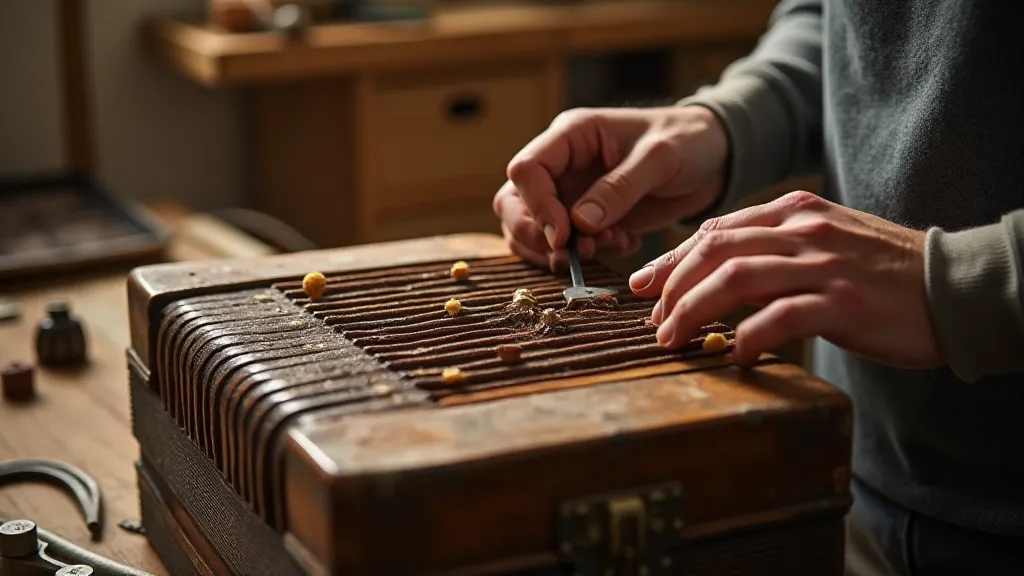
Ultimately, safeguarding these linguistic echoes is a responsibility that falls upon us all. The preservation of diverse dialects isn't merely an academic pursuit; it's a vital component of maintaining cultural richness and understanding the full tapestry of human experience. It is an ongoing dialogue about who we are and where we come from, and it is a story that deserves to be told, and retold, for generations to come.

